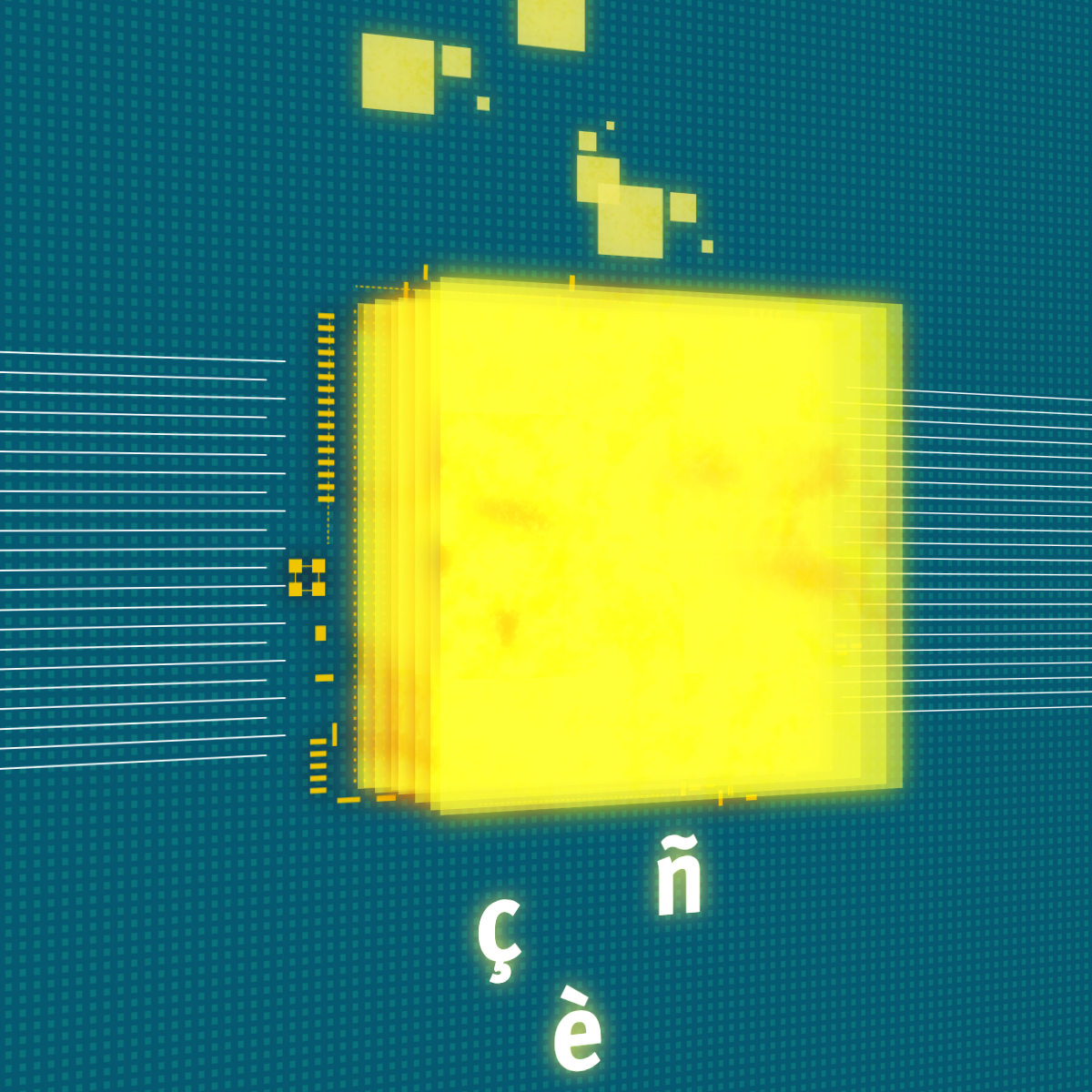Back to Courses









Computer Science Courses - Page 26
Showing results 251-260 of 2309

Game Design and Development 3: 3D Shooter
If you love games and want to learn how to make them, then this course is your third step down that path. In this course you will learn the fundamentals of game design, including an understanding of level design, game balancing, prototyping, and playtesting, as well as game asset creation techniques. You will continue developing video games using industry standard game development tools, including the Unity 2020 game engine. At the end of the course you will have completed a 3D First-Person Shooter game, and will be able to leverage an array of game development techniques to create your own basic games.

Set up Google Analytics for a single page website
In this 1-hour long project-based course, you will learn how to set up Google Analytics for web sites and particularly for single-page web applications/websites.
Note: This course works best for learners who are based in the North America region. We’re currently working on providing the same experience in other regions.

Linux System Administration with IBM Power Systems
This course introduces administrative tasks that a system administrator can perform with Linux hosted on IBM Power servers. This includes virtualization concepts such as logical partitioning, installation of Linux, command-line operations, and more interesting administration and device management tasks.
This course includes hands-on exercises with systems from an IBM data center.

Tencent Cloud Practitioner
This course is primarily aimed at cloud professionals who are interested in learning about Tencent Cloud's products and services. It equips learners with a foundational knowledge in cloud computing and prepares them to take the Tencent Cloud Practitioner examination. After completing this course, learners will be able to explain the different features, advantages, uses cases, and billing methods of several core Tencent Cloud products.

Learn to Teach Java: ArrayLists and 2D Arrays
Learn to program with ArrayLists and 2-D Arrays in Java, and prepare to teach others using the free, online interactive CS Awesome textbook. In this course for teachers we'll guide you both in learning Java concepts and skills but also in how to effectively teach those to your students.
This course will support you in teaching the Advanced Placement Computer Science A course or a similar introductory university-level programming course. We'll cover the Java concepts of ArrayLists and 2-dimensional arrays, as covered in the APCS A Units 7 and 8. Each topic will begin by relating Java to block-based programming languages and then provide video overviews of CS Awesome content along with additional materials to supplement learning for your students.
You'll engage with additional materials to support your teaching including "deep dive" classroom discussion questions, assessment overviews, code tracing and problem solving skills for your students, including preparation for free response coding questions.

Customising your models with TensorFlow 2
Welcome to this course on Customising your models with TensorFlow 2!
In this course you will deepen your knowledge and skills with TensorFlow, in order to develop fully customised deep learning models and workflows for any application. You will use lower level APIs in TensorFlow to develop complex model architectures, fully customised layers, and a flexible data workflow. You will also expand your knowledge of the TensorFlow APIs to include sequence models.
You will put concepts that you learn about into practice straight away in practical, hands-on coding tutorials, which you will be guided through by a graduate teaching assistant. In addition there is a series of automatically graded programming assignments for you to consolidate your skills.
At the end of the course, you will bring many of the concepts together in a Capstone Project, where you will develop a custom neural translation model from scratch.
TensorFlow is an open source machine library, and is one of the most widely used frameworks for deep learning. The release of TensorFlow 2 marks a step change in the product development, with a central focus on ease of use for all users, from beginner to advanced level.
This course follows on directly from the previous course Getting Started with TensorFlow 2. The additional prerequisite knowledge required in order to be successful in this course is proficiency in the python programming language, (this course uses python 3), knowledge of general machine learning concepts (such as overfitting/underfitting, supervised learning tasks, validation, regularisation and model selection), and a working knowledge of the field of deep learning, including typical model architectures (MLP, CNN, RNN, ResNet), and concepts such as transfer learning, data augmentation and word embeddings.

Responsive Website Basics: Code with HTML, CSS, and JavaScript
In this course you will learn three key website programming and design languages: HTML, CSS and JavaScript. You will create a web page using basic elements to control layout and style. Additionally, your web page will support interactivity.
At the end of the course, you will be able to:
1. Define the purpose of HTML, CSS and JavaScript
2. Make a simple web page using HTML
3. Use CSS to control text styles and layout
4. Use CSS libraries such as Bootstrap to create responsive layouts
5. Use JavaScript variables and functions
6. Manipulate web page content using JavaScript
7. Respond to user input using JavaScript
In this course, you will complete:
2 assignments writing HTML, CSS and JavaScript, each taking ~1 hour to complete
4 quizzes, each taking ~20 minutes to complete
1 programming exercise~30 minutes to complete
multiple practice quizzes, each taking ~5 minutes to complete
Participation in or completion of this online course will not confer academic credit for University of London programmes.

Creating Routing Policies to Handle Traffic with AWS Route53
In this 2-hour long project based course, we will look at how to handle and divert website traffic to multiple servers using Routing Policies in AWS Route 53. We will look at how you can configure different types of Routing Policies. We will start off with Simple Routing Policy which can be used to divert traffic to multiple servers / IP’s randomly. Then we will look at Weight Routing Policy which allows you to split your traffic based on different weights assigned.
We will then move on to Latency-based Routing which allows you to route your traffic based on the lowest network latency for your end user (fastest response time). Then we will learn to create an active/passive set up using Failover Routing Policy where you can have a primary website and a secondary Disaster Recovery site..
We will then look at Geolocation Routing Policy which will send your traffic to various servers based on the Geographic location of your users which can for example allow for custom sites based on user location. Finally, we will see Multi-Value Answer Policy which lets you configure Route53 to return multiple values along with health checks.
Note: This course works best for learners who are based in the North America region. We’re currently working on providing the same experience in other regions.
Information Design
A blank canvas is full of possibility. If you have an idea for a user experience, how do you turn it into a beautiful and effective user interface? This covers covers principles of visual design so that you can effectively organize and present information with your interfaces. You'll learn concrete strategies to create user interfaces, including key lessons in typography, information architecture, layout, color, and more. You’ll learn particular issues that arise in new device contexts, such as mobile and responsive interfaces. You will learn how to apply these design principles in a modern context of increasingly diverse form factors - from tablets, to walls, to watches.

Security Operations
Welcome to course 5 of 5 of this Specialization, Security Operations.
This course focuses our attention on the day-to-day, moment-by-moment active use of the security controls and risk mitigation strategies that an organization has in place. We will explore ways to secure the data and the systems they reside on, and how to encourage secure practices among people who interact with the data and systems during their daily duties.
After completing this course, the participant will be able to:
Explain concepts of security operations.
- Discuss data handling best practices.
- Identify important concepts of logging and monitoring.
- Summarize the different types of encryption and their common uses.
- Describe the concepts of configuration management.
- Explain the application of common security policies.
- Discuss the importance of security awareness training.
- Practice the terminology of and review the concepts of network operations.
Agenda
Course Introduction
Module 1: Understanding Data Security and Encryption
Module 2: Controls and Asset Management
Module 3: Best Practice Security Policies
Module 4: Understand Security Education Training and Awareness (SETA)
Module 5: Security Operations Review
Final Assessment
This training is for IT professionals, career changers, college students, recent college graduates, advanced high school students and recent high school graduates looking to start their path toward cybersecurity leadership by taking the Certified in Cybersecurity entry-level exam.
There are no prerequisites to take the training or the exam. It is recommended that candidates have basic Information Technology (IT) knowledge. No work experience in cybersecurity or formal education diploma/degree is required.
